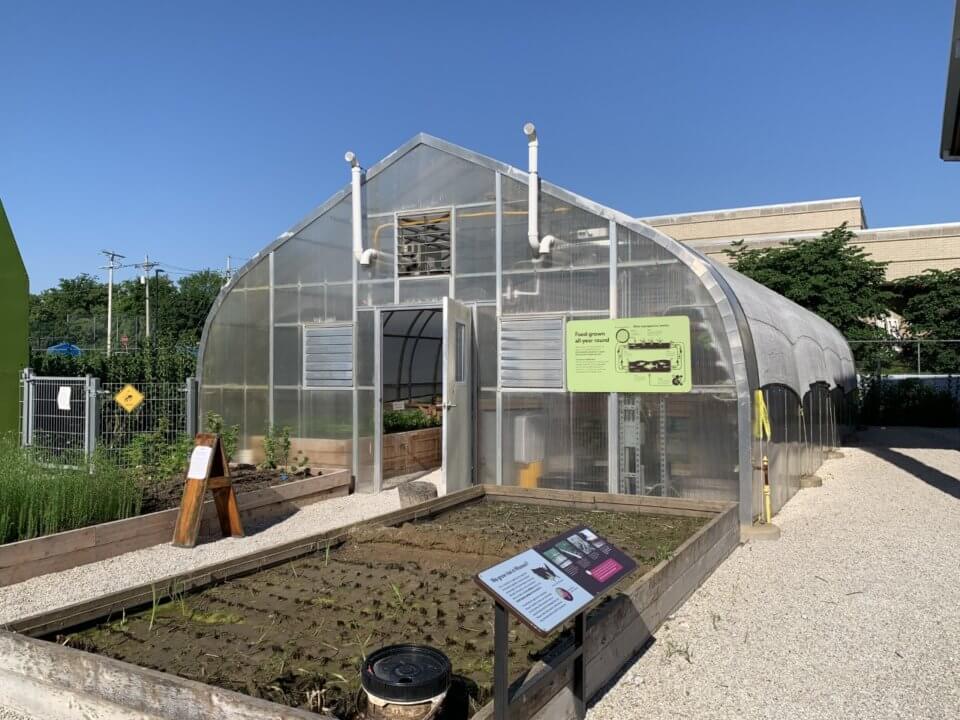It’s been two weeks since we started our pest-control adventure in the greenhouse, and since then we’ve made a lot of fascinating discoveries. We laid out sticky traps to survey the different kinds of insects living in the greenhouse, and now we’ve been taking the traps back to our exhibit microscope to take a closer look at what we’ve caught. By observing and documenting the insects we find, we can get a better idea of how we can prevent future infestations.
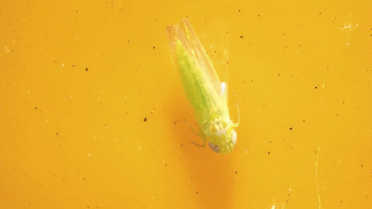
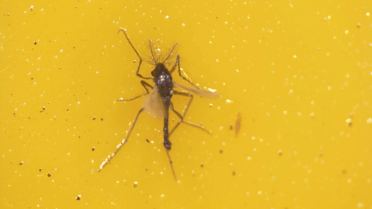
The most common pest we found (and the most problematic one) were little green bugs called potato leafhoppers. They’re very similar to aphids in that they harm plants by drinking their sap. These little guys were caught in traps all around our greenhouse from our raised garden bed to our aquaponic system. You can even occasionally find leafhoppers sitting directly on the leaves of the sweet potatoes.
Aside from the leafhoppers, we were surprised to find many other insects that were, as opposed to harmful, neutral or beneficial to our plants. We found several different types of non-biting midges, small mosquito-like insects that have a reputation for swarming but don’t do much else. We also found long-legged flies and lacewings, two insects who have an appetite for harmful pests like mites, aphids and thrips.
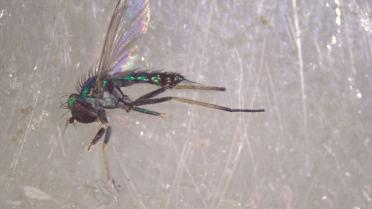
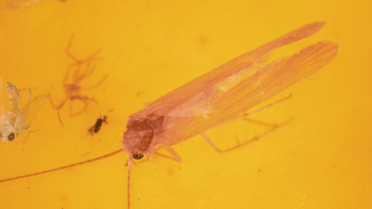
Of course, what we found on the sticky traps isn’t a complete representation of all of the insect life living in our greenhouse. There are likely a lot of critters that aren’t attracted to the sticky traps or never step on them by mistake. For example, on many of the sweet potato leaves, you can find garden spiders patiently waiting for their next meal. We also never found aphids on the sticky traps; it would seem that all of the aphids have disappeared with the removal of the infested marigolds.
For the sake of preparedness, our insect-control plans in the future will be based on combating the two most common pests we’ve seen: leafhoppers and aphids.
With the recent reduction of aphids, we can hopefully begin replanting in our deep-water culture system in the next week. And if the aphids return, we are researching some ways to control them.






